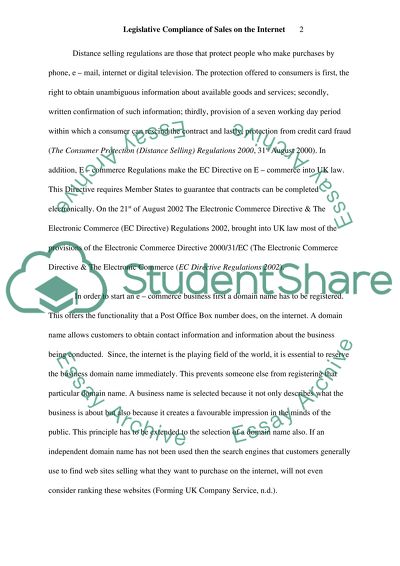Cite this document
(Legislative Compliance of Sales on the Internet Case Study, n.d.)
Legislative Compliance of Sales on the Internet Case Study. Retrieved from https://studentshare.org/e-commerce/1536396-how-businesses-comply-with-legislations-regarding-sales-over-the-internet
Legislative Compliance of Sales on the Internet Case Study. Retrieved from https://studentshare.org/e-commerce/1536396-how-businesses-comply-with-legislations-regarding-sales-over-the-internet
(Legislative Compliance of Sales on the Internet Case Study)
Legislative Compliance of Sales on the Internet Case Study. https://studentshare.org/e-commerce/1536396-how-businesses-comply-with-legislations-regarding-sales-over-the-internet.
Legislative Compliance of Sales on the Internet Case Study. https://studentshare.org/e-commerce/1536396-how-businesses-comply-with-legislations-regarding-sales-over-the-internet.
“Legislative Compliance of Sales on the Internet Case Study”. https://studentshare.org/e-commerce/1536396-how-businesses-comply-with-legislations-regarding-sales-over-the-internet.


